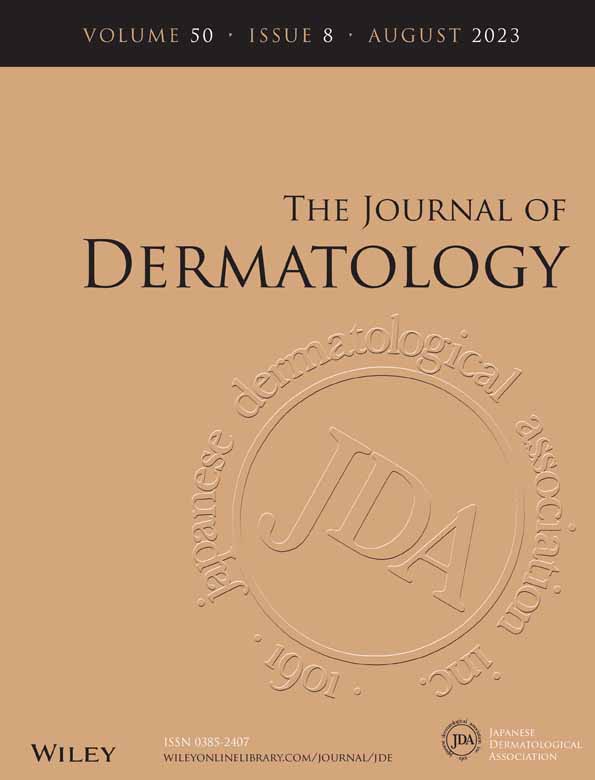Age distribution and prevalence in different age groups of four myositis-specific autoantibodies, including anti-ARS, anti-MDA5, anti-Mi-2, and anti-TIF1γ antibodies
Abstract
We accumulated the demographic information and analyzed the prevalence of myositis-specific antibodies (MSAs) in a large cohort across Japan as standard testing for MSAs becomes more widely available. This retrospective, observational, cohort study analyzed the records of individuals aged 0–99 years who are tested for serum MSAs at SRL Incorporation from January 2014 to April 2020 across Japan. An enzyme-linked immunosorbent assay testing was applied to determine the presence of anti-aminoacyl tRNA synthetase (anti-ARS), anti-Mi-2, anti-melanoma differentiation-associated gene 5 (anti-MDA5), or anti-transcriptional intermediary factor 1-γ (anti-TIF1γ) (Medical and Biological Laboratories). Anti-TIF1γ antibody was detected more in male patients than female patients. In contrast, women were predominant in patients with other MSAs. More than half of the anti-ARS or anti-TIF1γ antibody-positive patients were over 60 years old, although anti-MDA5 or anti-Mi-2-positive patients were mostly under <60 years old. Anti-MDA5 antibody-positive patients were mostly aged 40–59 years, while other MSA groups were mostly 60–79 years. Anti-MDA5 antibody was detected most frequently in the age range of 0–29 years. Anti-TIF1γ antibody was the second most commonly detected autoantibody in the age range of 0–19 years. Anti-ARS antibody was the most frequently detected autoantibody after the age of 30 years, and the frequency of anti-ARS gradually increased at more advanced ages. The second and third most detected autoantibodies were anti-MDA5 and anti-TIF1γ, respectively, in ages 30–79 years. We performed a nationwide >3-year evaluation of MSA detection in a routine diagnostic setting. This paper provides clinical images concerning the relationship between four MSA types and the distribution of sex and age in a large population.
CONFLICT OF INTEREST STATEMENT
The authors have no conflict of interest to declare.




